In the Heart of Darkness
Sheila Regan went through the Soap Factory's Haunted Basement this year and lived to tell about it. She says it's definitely dark down there, and more than a little creepy - an ingenious, wildly successful gimmick to get folks to come by the gallery.
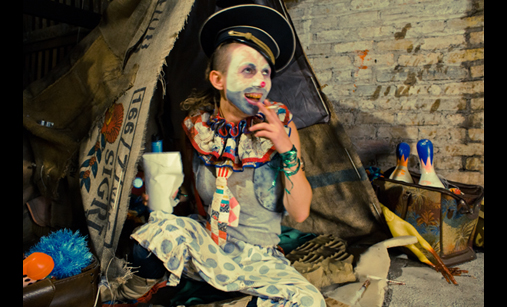
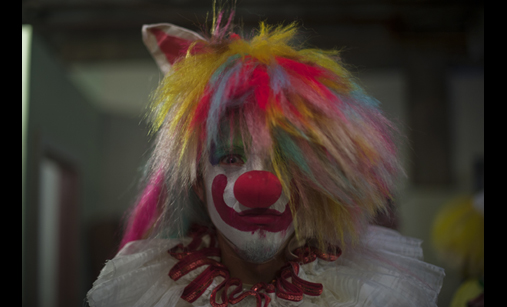
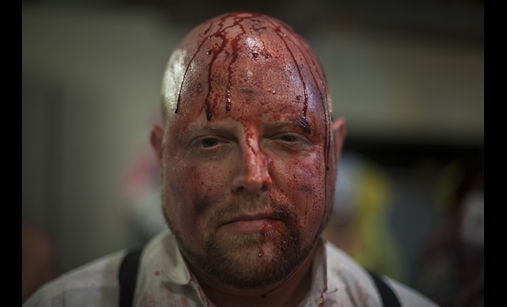
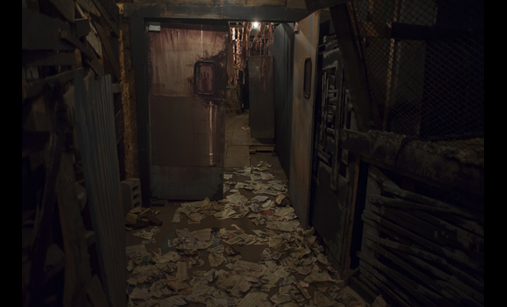
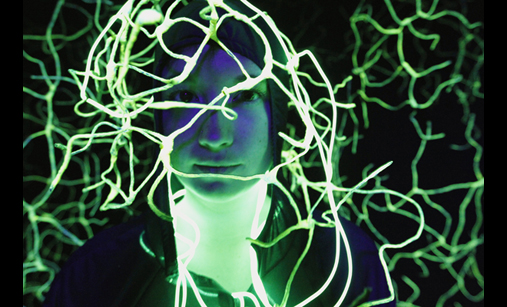
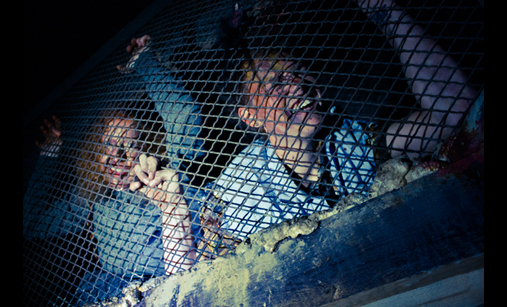
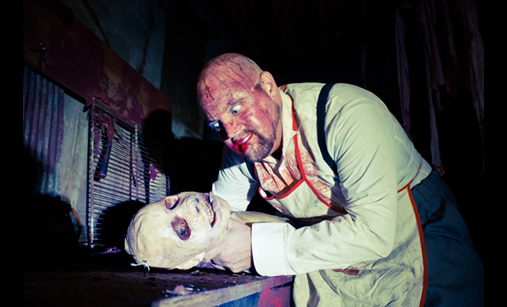
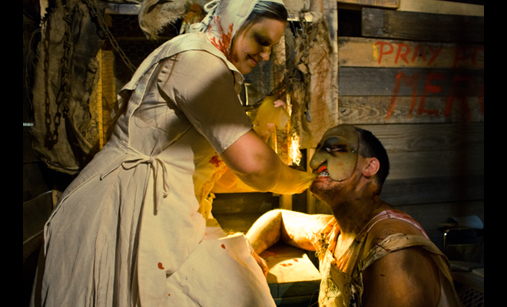
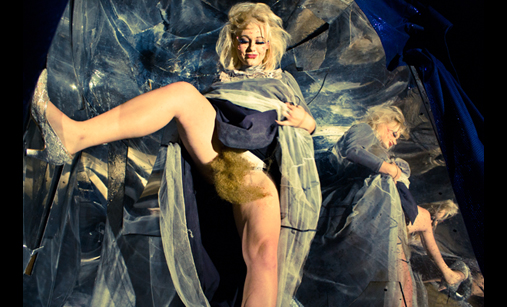
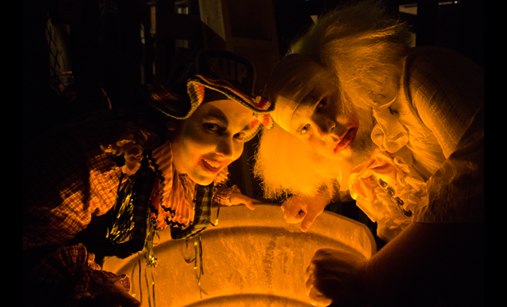
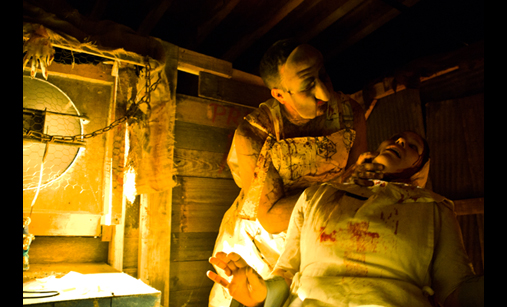
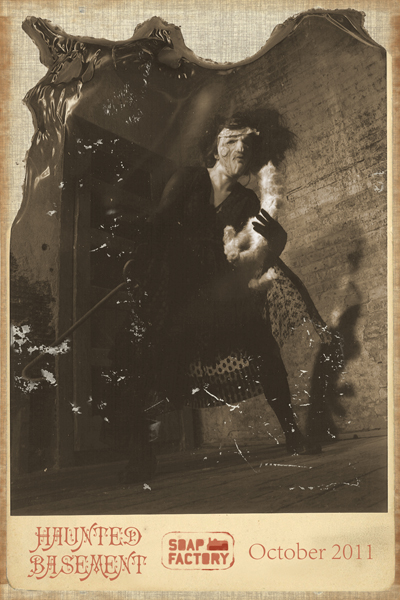
The brilliance of the Soap Factory’s Haunted Basement as a marketing scheme cannot be emphasized enough. That’s not to say that it’s brilliant art, but it’s damn entertaining, and obviously a great way to get people in the door, on the mailing list, and thinking of the Soap Factory as a fun destination where, perhaps, they will enjoy other shows.
This year was my second going through the basement. I arrived on Friday, October 7, and even though it was the second weekend, and only about a quarter after six in the evening, the line to enter already reached across the room of the waiting area. The anticipation felt by those waiting to head downstairs was palpable. People had come with their friends and were giddily talking about the things rumored to be in the basement this year. I couldn’t help wondering: What would happen if people were this excited about an exhibition of paintings, or even a multimedia installation? At most art openings I’ve been to, people may enjoy the art, but you’re far more likely to see blasé stares among those arriving than a room full of people humming with anticipation about what they’re going to see. Folks just don’t get jumping-up-and-down excited about seeing art.
The Haunted Basement was started in 2007, according to the Soap Factory’s Executive Director Ben Heywood, as a fundraiser and also because a number of artists were interested in creating environmental and performance-based installations. Heywood says that the Soap felt that the idea of the Haunted Basement fell under the organization’s mission, and that it might be a way to demonstrate to the wider public that artists can do “anything and everything.”
“Our hope is that people who come will get interested in other things that we do, and a portion of them do,” Heywood says. The Haunted Basement is the single most popular event the Soap Factory has, he says, drawing 10,000 people each Halloween season — that amounts to nearly half of the organization’s draw for the whole year, which is a grand total of 25,000 visitors.
The night I attended, I got lucky: I had come by myself, so I was moved ahead in line with a party of three that needed a fourth person. My adopted tour group was comprised of two women and one man. They were very friendly, and as we talked, they mentioned coming at least once before to the Haunted Basement — though none had come to any other Soap Factory events. They wanted to know if I had gone through before, if I was frightened. I told them I was just excited, and they seemed pleased with that answer.
A very large bell rang, our signal to begin descending the staircase, keeping our right hands touching the rope along the railing. The woman from my group, who was in front of me, mentioned that it would be okay if I put my hand on her shoulder. I thankfully agreed.
Walking down the stairs was the scariest part of the Haunted Basement experience for me. Why? Because I’m afraid of the dark. I’m not afraid to admit it — being in complete darkness freaks me out. And in the Haunted Basement, you are in the dark for a very long time. It just killed me to be heading down those stairs, unable to see where I was going. Several times, the man in the lead spot for our group stopped abruptly on the way down; I suspect it was because he lost track of the rope.
Stopping on the stairs, in pitch darkness, unsure why — that was terrifying.
The ingenious thing about the Haunted Basement experience is that it caters to a variety of phobias. For me, it was the dark, but if that’s not what gets you, there are plenty other fears that the artists down there prey upon. Do bugs scare you? How about giant bugs on stilts that come up from behind you and whisper in your ear? Are you freaked out by gross things? Well, there’s a room full of rotten food, and another with people puking right in front of you. Do Miss Havisham-type ladies give you the creeps? There are three of them, speaking in high whispery voices that are very unsettling.
I banged on the door again, trying to get someone’s attention. Did they forget about me? I counted again. I tried to breathe. I was getting very anxious.
There were some rooms that I just didn’t get, but maybe it’s because they didn’t hit a sweet spot for fear in my particular psyche. The 1970s trailer park room, for example, featuring a drunk man, his wife, and her friend didn’t really scare me, but it was entertaining anyway. Then there was the room full of white stuffed dummies — a family in front of a TV — perhaps zombies had zapped them?
The boldest element of this year’s spectacle had to be the coffins. I was put in a blindfold, and then led into a box, at a slight tilt, though, so that my face was pressed against the wood; after I was inside, the coffin door was slammed shut. I thought for sure something horrible would happen: Would the box begin to move? Would I be lowered, face first, onto the ground? Will the box start spinning?
The most horrifying part of being in the coffin was imagining what might happen next. But nothing did happen. I waited, and waited. Eventually, my fear dissipated into boredom. I took off my mask for a moment; when I heard a noise outside, I quickly put it back on, because I didn’t want them to catch me with it off, not playing along. I ended up removing and replacing my mask that way several times. Eventually, I began counting to myself. It has to be over soon, I thought. I banged on the door. I didn’t want to cry “Uncle”: do that and you’re automatically ejected from the basement. I noticed a couple of holes in the wood, and I peeked through. I saw others in blindfolds being led into similar coffins.
I heard someone give in and cry “Uncle”; but then, when staff came to get her, she didn’t want to leave. Was that the only way to end leave the coffin? I banged on the door again, trying to get someone’s attention. Did they forget about me? I counted again. I tried to breathe.
I was getting very anxious.
Again, I heard noise outside. There was a group that was trying to leave, but they said they needed their friend “Jean.” Someone opened my coffin and asked if I was she. I said, “No, but can I leave?”
“Do you want to leave?” she asked. Absolutely. I wasn’t sure if there was more to the Haunted Basement, but I knew I was done being in that coffin. I never found the rest of my group afterwards. Maybe they were still in their coffins when I got out.
So, I’m sure you want to know: Is it scary? I would say, yes. The basement of this 125-year-old factory is an intrinsically spooky place, and the artists are adept at creating an eerie world to fill it. If it doesn’t scare you the whole time, chances are good you’ll be plenty freaked out for a good chunk of it. But is it art? Again, I say, sure it is. It’s gateway art, designed to entertain, to draw people in. And at the end of the day, it’s turned out to be a useful thing to get people in the door who wouldn’t necessarily think to head out to the Soap Factory, or maybe any other gallery, otherwise.
Related performance details: the Soap Factory’s 2011 Haunted Basement, which will continue through Halloween, is completely sold out. Tickets for next year’s event will go on sale August 1, 2012. It pays to get your tickets early.